With New Local Ownership, the Historic Rosewood Mansion on Turtle Creek Prepares for a Beautiful Future
The 42-Year-Old New Owner, Vipin Nambiar of HN Capital Partners, on the Importance of Preserving Charm and Charisma
BY Rebecca Sherman // 11.01.22Vipin Nambiar of HN Capital Partners, is the new owner of Rosewood Mansion on Turtle Creek, photographed by Jonathan Zizzo
In Vipin Nambiar’s influential world of hotel and restaurant investments, beautiful design isn’t frivolous — it’s powerful. So, when the photogenic and storied Rosewood Mansion on Turtle Creek recently came up for sale, Nambiar jumped. In late September, his Dallas-based company, HN Capital Partners, announced it had acquired the iconic hotel and restaurant from Chow Tai Fook Enterprises, the parent company of Rosewood Hotel Group. Rosewood converted the historic 1925 property from a former private home into a hotel in the early ’80s and will continue to operate the Mansion.
“Luxury hotels like this seldom come up for sale, especially in Dallas,” Nambiar says. “We’ve been focused on a portfolio of high-quality, design-driven hotels that have a great sense of personality — It’s important in this age of Instagram when people are documenting where they’re dining and staying.”
HN Capital’s growing collection of design-centric properties includes the W Dallas – Victory, which is undergoing a $21 million renovation, and the just-opened Hotel Per La in Los Angeles (formerly NoMad LA), located in a glamorous 1920s building with rooms reimagined by French design sensation Jacques Garcia. In February, HN Capital joined with McCourt Partners LLC to purchase a core segment of the Dallas Design District from previous owners Dunhill Partners — almost 40 acres in one of Dallas’ hottest neighborhoods.
Despite the buzzy high-profile gleam of his portfolio, Nambiar is soft-spoken and reserved; his personal Instagram account is set to private. The 42-year-old founded HN Capital in 2017 after years as managing director at Hunt Investment Group and Hunt Realty, a career that so far has seen him develop and manage more than $3 billion in assets. He operates in a stylish universe, but his approach to design is pragmatic. “Design, in its most temporal context, shows the aesthetic and trend of our time,” he says. “As a firm, our love is identifying that trend and knowing how to lead it. That’s what drives us.”
Consumer preferences are clear: The hospitality landscape, dominated by cookie-cutter brands ripe for disruption, will soon be ruled by stays that exude individual charm and charisma. In other words, Instagrammable destinations.
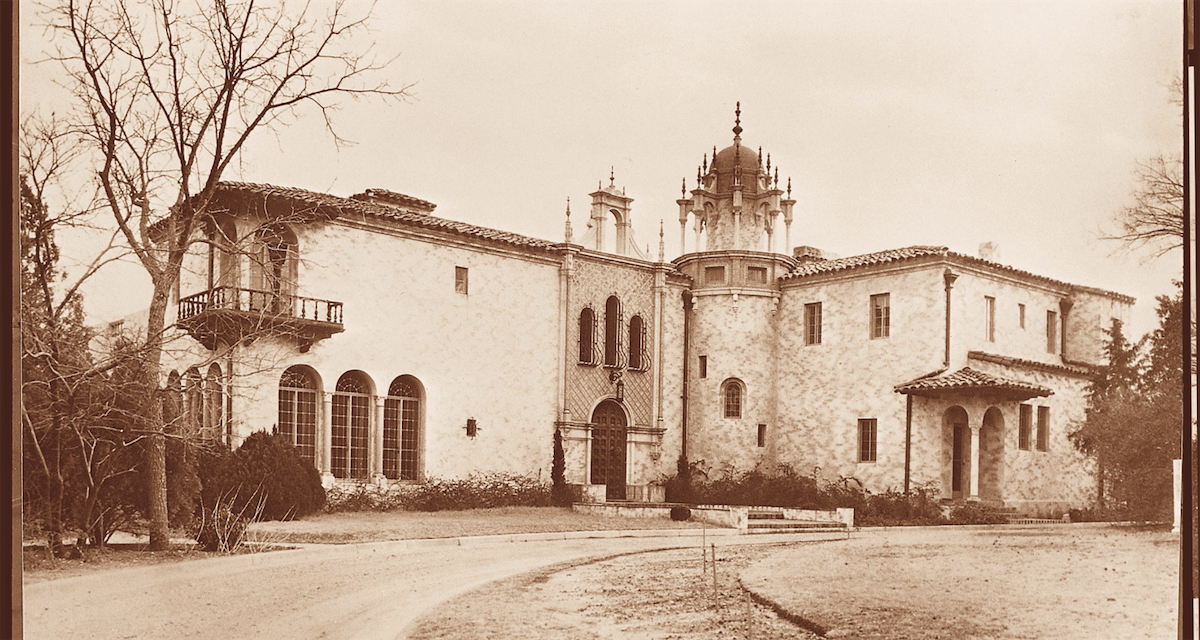
The History of the Mansion on Turtle Creek
Just shy of a century old, the Mansion checks all the boxes when it comes to architectural interest and cultural history — rarities in a city that frequently tears down old buildings. Cotton baron Sheppard King’s original Jazz Age estate — which now houses the restaurant, library, bar, and meeting rooms — remains intact, with carved doors salvaged from a Spanish cathedral and marble columns that once belonged in an ancient Roman palace. Antique stained-glass windows bear the coats of arms of British nobility, and King lavishly installed marble on the cantilevered stairway, enlisting local artisans to carve wood ceilings and plaster columns.
The King mansion became the epicenter of Dallas’ social scene, hosting President Franklin D. Roosevelt and Tennessee Williams, said to have penned Summer and Smoke there. Decades later — and facing certain demolition — the pink-stucco estate was rescued in 1981 by oil heiress and businesswoman Caroline Rose Hunt, who built a tasteful nine-story mid-rise hotel adjacent to the estate with 143 guest rooms and suites.
New York’s 21 Club was initially enlisted to run the restaurant, quickly turning it into a hot spot for the city’s elite and visiting celebrities; the bar exudes an old-money vibe with leather banquettes and wood paneling and remains a favorite watering hole for local aristocracy and power brokers.
The Mansion hotel, which launched Hunt’s global Rosewood empire, was refreshed in 2020 under previous ownership by noted Washington, D.C., interior designer Thomas Pheasant, who overhauled guest rooms and suites along with the lobby living room. The ’80s-era entry rotunda was given a spectacular new dome of cascading vines carved by Casci Ornamental Plaster, whose founder collaborated on the library’s original plaster barrel ceiling in 1925.
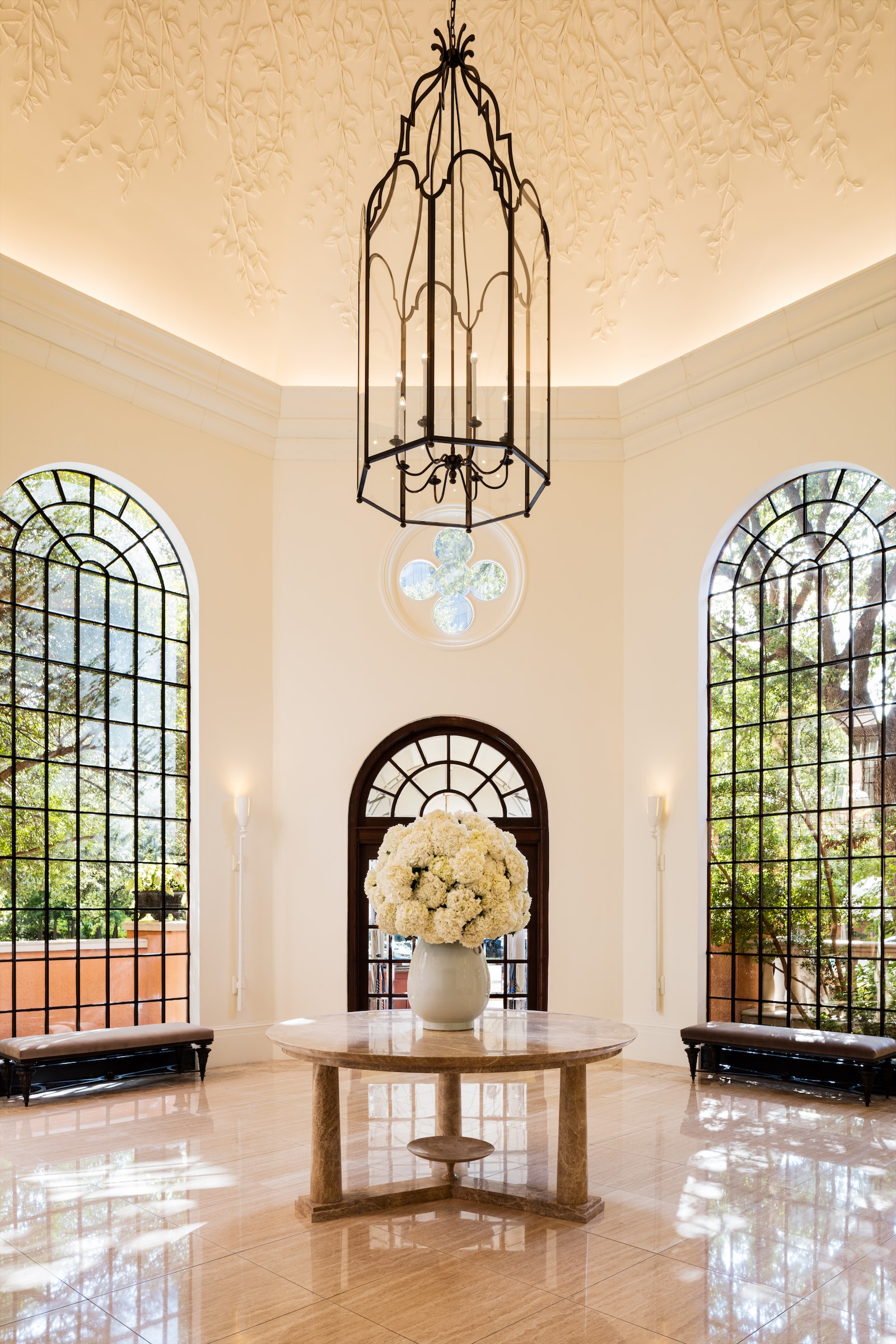
Nambiar first visited the Mansion 18 years ago, shortly after he graduated from college at UT Austin and moved to Dallas. “I’ve seen the evolution of the property, and one thing that is always steady is that it’s so connected to the history and culture of the city,” he says. “People love it and how they use it has stayed relatively consistent, although the city has changed dramatically. Our job is to bring it into the present in a manner that’s consistent with how it’s always been used.”
Nambiar and his team are just beginning to figure out what that means. “We will be doing a lot of listening,” he says. “We obviously have a talented partner with Rosewood that we want to leverage and understand their thinking.” Initially, the focus will be on re-imagining amenities like food and beverage and wellness.
“Our next big task is to get a team of designers that we want to work with,” he says. “As a developer, I have ideas and direction, but we want to bring creativity to the fore and put these things into themes. I’m less sensitive to where a designer is located or that they have a big name — I’m more interested in their ability to understand Dallas and what the narrative of the hotel needs to be.”
At hotel Per La, he kept the guest rooms that had previously been designed by Jacques Garcia and has no plans to change Thomas Pheasant’s sophisticated and restrained redo of rooms at the Mansion, he says. One of the biggest challenges Nambiar faces is the hotel’s unique historic landmark restriction governing the original 1925 King estate — and, curiously, the newer ’80s-built hotel tower — whose architecture cannot be altered. For inspiration he’s looking at European properties, including in Berlin, with similar landmark restrictions where old and new have been successfully incorporated.
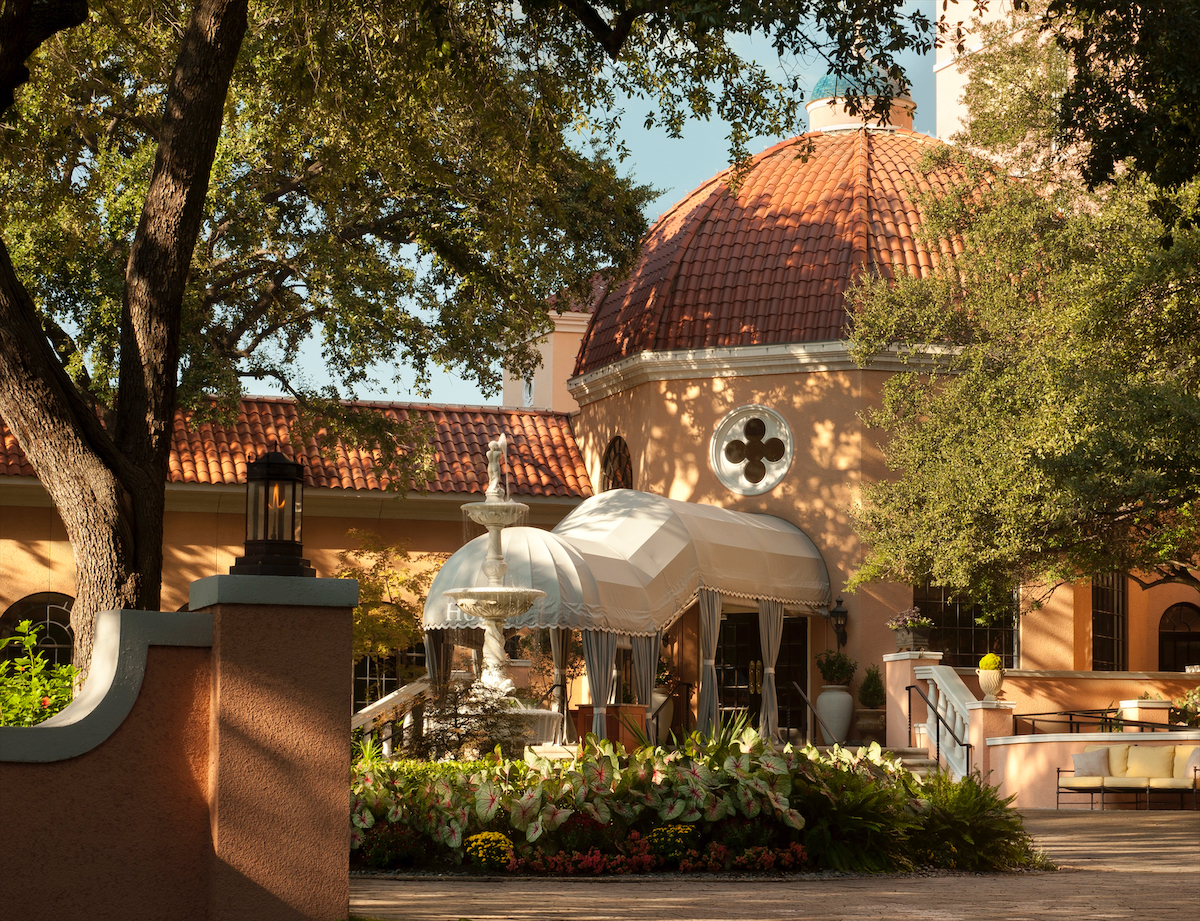
The Future of One of Dallas’ Most Notable Hotels
In the end, the job is to preserve the Mansion’s history while making it more appealing to a younger generation. A big focus is on the bar and restaurant, and the team will spend the next 10 to 12 months coming up with a plan.
“Anyone can make a great cocktail. The reason some places become legendary is because you walk in the door and are part of an experience, you are transported,” Nambiar says. “We have to find the right narrative to tell the story — it’s almost like reading a screenplay for a movie. There’s a performance to it. What do we want the customer to feel? We’ll let history inform our decisions, but if we can land that performative aspect, we’ll be able to keep the bar and the restaurant as beloved Dallas venues for a long time.”

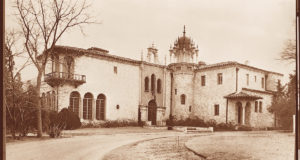
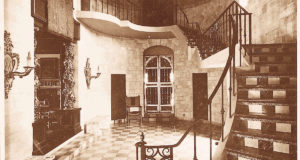
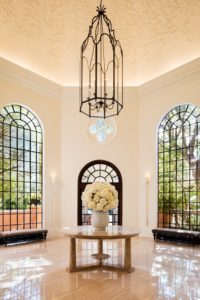

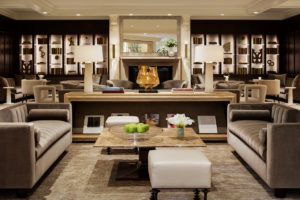

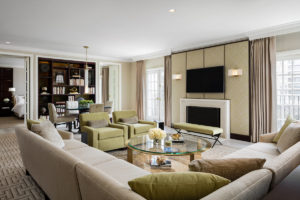

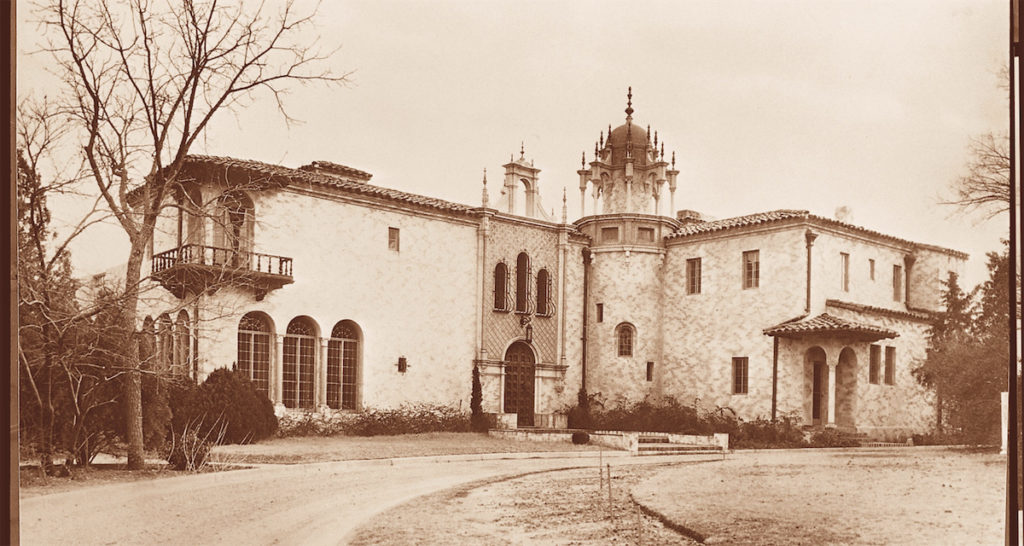
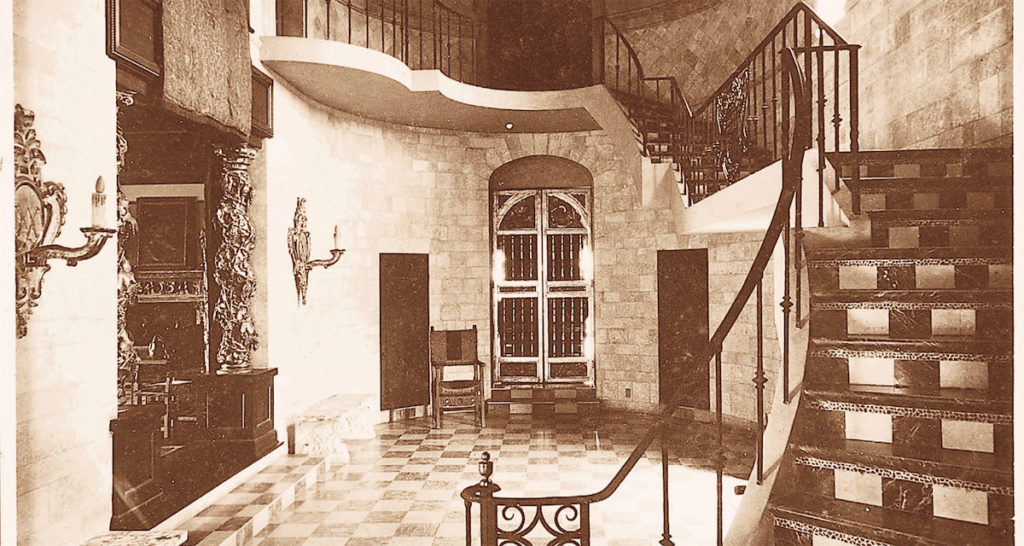


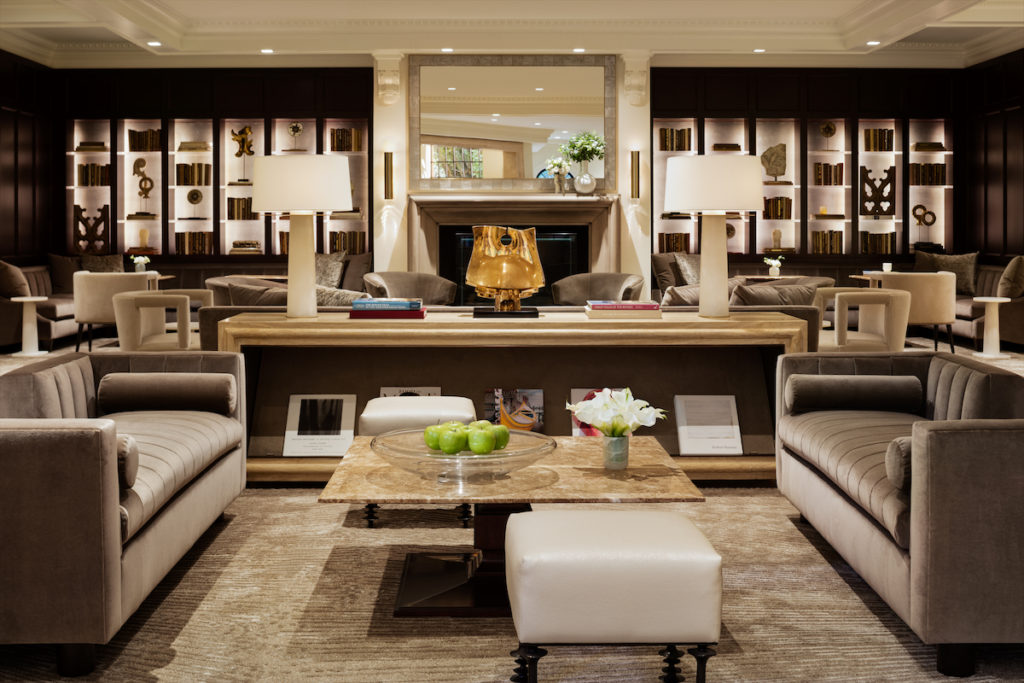

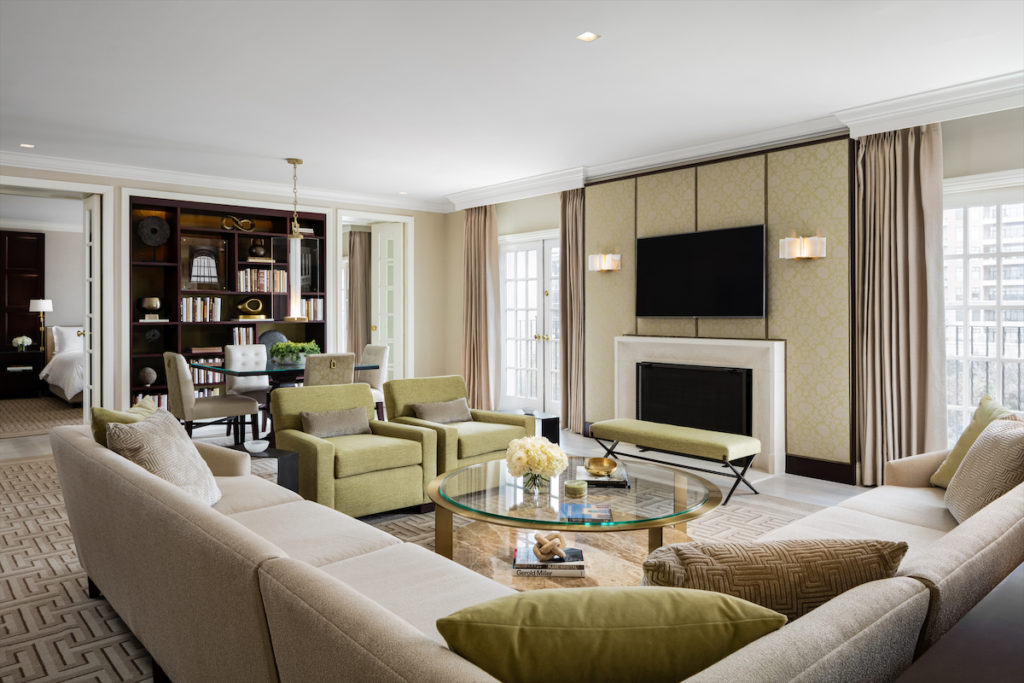














_md.jpeg)



